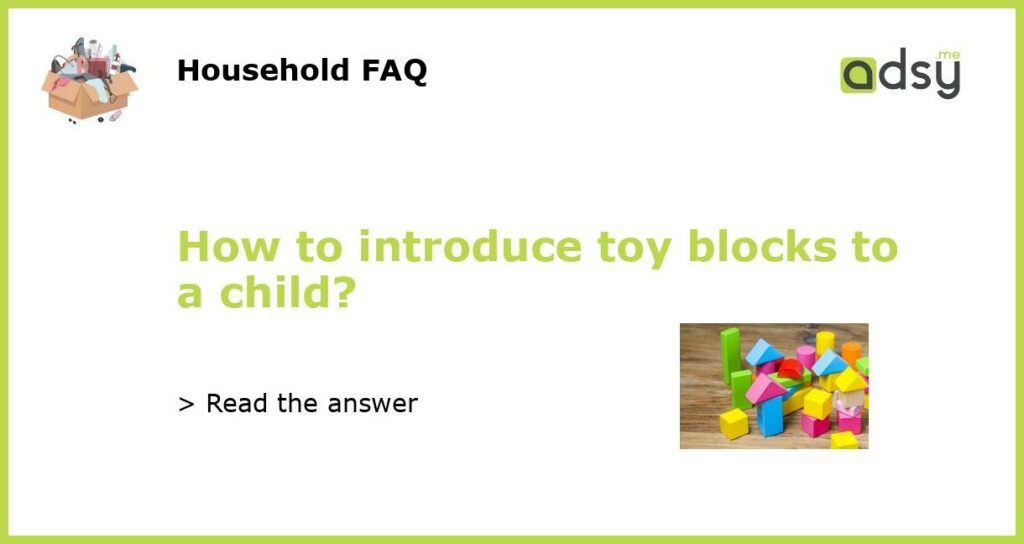Start with simple shapes and colors
When introducing toy blocks to a child, it’s important to start with simple shapes and colors. This will allow them to easily grasp the concept of building and create their own structures. Begin by showing them blocks in various shapes such as squares, rectangles, and circles. You can also focus on primary colors like red, blue, and yellow. By starting with simple shapes and colors, you lay the foundation for more complex building experiences later on.
Engage in constructive play together
One of the best ways to introduce toy blocks to a child is by actively engaging in constructive play together. Sit down with your child and demonstrate how to stack the blocks to create different structures. Encourage them to join in and experiment with building on their own. This hands-on approach allows them to learn through observation and imitation, while also fostering a sense of collaboration and creativity.
Spark their imagination with storytelling
Another effective way to introduce toy blocks to a child is by sparking their imagination with storytelling. Use the blocks as props to create a story or scenario. For example, you can build a tower and pretend it’s a castle, or create a road for toy cars to travel on. By incorporating storytelling into their playtime, you not only make it more enjoyable, but also encourage them to think creatively and expand their imaginative thinking.
Introduce different block sets for variety
To keep your child engaged and interested in toy blocks, it’s a good idea to introduce different block sets for variety. This could include blocks of different sizes, materials, or themes. For example, wooden blocks, magnetic blocks, or even themed sets like farm animals or dinosaurs. By providing a variety of block sets, you give your child the opportunity to explore different textures, build more complex structures, and discover new ways to play with blocks.
Encourage problem-solving and spatial awareness
When playing with toy blocks, it’s important to encourage problem-solving and spatial awareness. As your child builds structures, they may encounter challenges or realize they need to adjust their approach. Encourage them to problem-solve and find creative solutions. Additionally, help them develop spatial awareness by discussing concepts like balance, stability, and symmetry. This not only enhances their cognitive skills, but also lays the groundwork for future mathematical and engineering thinking.






